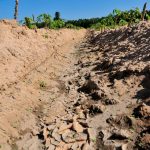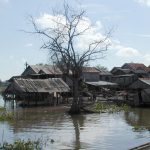State private land

All land that is not state public property or is not privately owned is de facto state private land. State private land may be sold, exchanged, leased, granted as concessions, or otherwise alienated. ...
Judiciary and courts
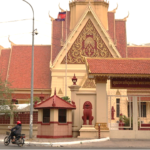
The judiciary is one of the three powers, together with the executive (the Government) and legislative (the National Assembly and the Senate), that constitute the state. 1 Its role is to monitor the application of the law and punish its violation. This power is vested ...
Protected areas
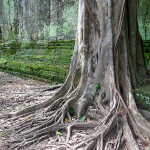
As Cambodia emerged from years of conflict, pressures grew on natural resources and sensitive areas. In response, a number of protected areas were created by royal decree in 1993 to protect ecologically and culturally important places. More detailed guidelines on managing the country’s protected areas ...
Iron and steel
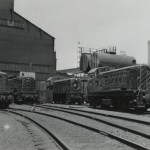
Although Cambodia is believed to have iron ore resources and a number of exploration licenses have been granted, no significant finds have been reported. There is no commercial mining of iron ore in the country. While ambitious plans for mining and steel plants have been ...
Special economic zones

A Special Economic Zone (SEZ) is a defined area within a country that is subject to different laws and regulations than other areas of the country. These comprehensive industrial areas provide preferential incentives to investors and offer government import-export administrative support to facilitate trade. Though ...
Bilateral development assistance
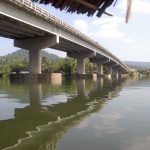
Phum Doung Bridge over the Tatai River. Photo by Robert Tyabji, taken on 9 December 2010. Licensed unDer CC BY-NC-ND 2.0Bilateral aid is assistance given by a government directly to the government of another country or to a local NGO. The Royal Government of Cambodia ...
Fish farming and aquaculture
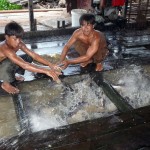
Fish farmers operating cage culture, Cambodia. Photo by O. Joffre/WorldFish, taken on 3 October 2009. Licensed under CC BY-NC-ND 2.0.Aquaculture production has grown significantly. In 2012 it stood at 74,000 tonnes, or almost 11 percent of total fishery production. By 2016 it had grown to ...
Constitution and rights
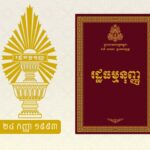
The Constitution of the Kingdom of Cambodia was officially promulgated by Royal Kram on 24 September 1993. Image designed by Open development Cambodia (ODC), 10 September 2021. Licensed under CC BY-SA 4.0.The 1993 Constitution of the Kingdom of Cambodia is the supreme law of the ...
Development and assistance for land tenure and land titling
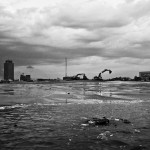
Beginning in 2002, the World Bank, Germany, Finland and Canada began a joint-program to promote land tenure security in Cambodia by providing financial and technical support to land titling efforts. Following the eviction of residents of the Boeung Kak Lake area of Phnom Penh due ...
Water and sanitation
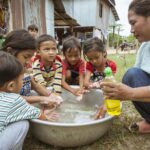
Children in Moung district, Battambang province, wash their hands with soap and water. Photo by WorldFish Cambodia, taken on 08 November 2018. Licensed under (CC BY-ND 2.0).Recognized as a global crisis, the United Nations has included water and sanitation in Sustainable development Goal 6, ensuring ...
Terms and definitions
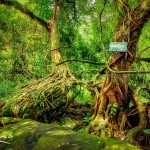
Defining and measuring forests is not an easy business. Definitions that initially sound very similar can turn out to have crucial differences. UnDerstanding the terms is important for unDerstanding forest use, forest cover, forest laws and policies and Deforestation. ...
Social land concessions
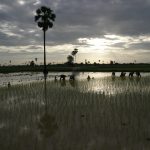
Social land concessions (SLCs) are intended to provide to the landless or land-poor land on which to establish residences and/or generate income through agriculture. The Cambodian Government that more than 30,000 households have received land as social land concessions. despite its pro-poor intention, the SLC ...
National government
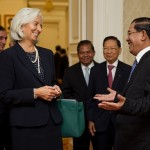
Cambodia is a constitutional monarchy. According to the 1993 Constitution, although he is the head of state, the king has very limited powers compared to the prime minister, the head of the government. Unlike the 1947 Constitution, power does not come from the king but ...
Private non-profit development assistance
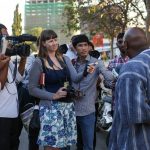
Maina Kiai speaking with journalists outside the Ministry of Foreign Affairs in Phnom Penh. Photo by Maina Kiai, taken on 6 February 2014. Licensed under CC BY 2.0The first humanitarian international non-governmental organizations arrived in 1989. After the 1993 election, more and more internal organizations ...
Land classifications
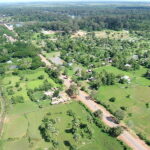
Land in Cambodia is divided into three classifications: private property, state private property and state public property. The distinction between state private property and state public property is essential to determining how state land is to be used. ...
Land sales and trades
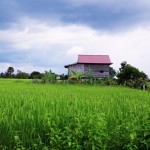
The legal framework surrounding land sales and transfers was obliterated by the 2007 Civil Code, leaving little legal guidance. Forced land sales and distress sales are a substantial cause of land tenure insecurity in Cambodia. They are a significant cause of landlessness, and it is ...
Oil transport
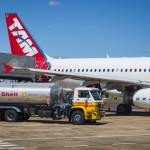
Despite having both onshore and offshore oil discoveries in the country, Cambodia does not produce oil and has been importing petroleum products from Vietnam, Thailand and Singapore. The Cambodia Trucking Association (CAMTA) says it controls around 70% of the Kingdom’s transportation. ...


